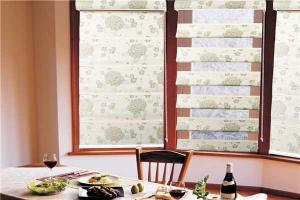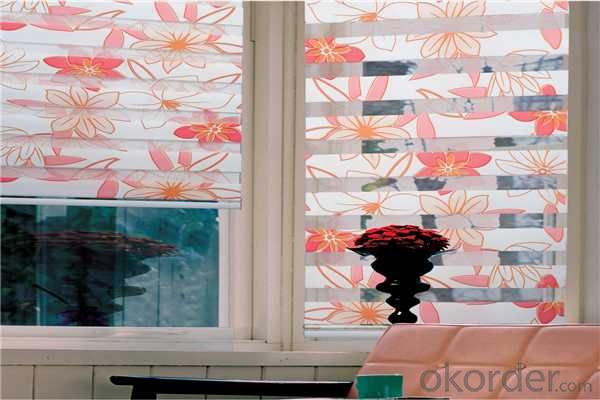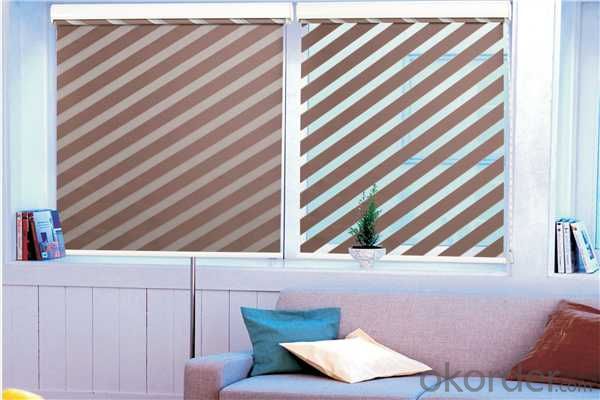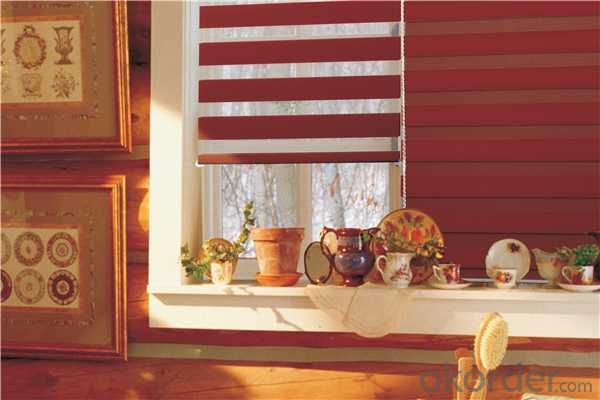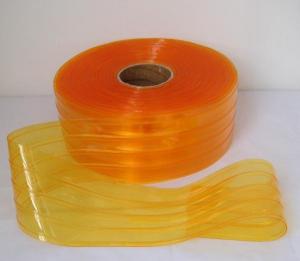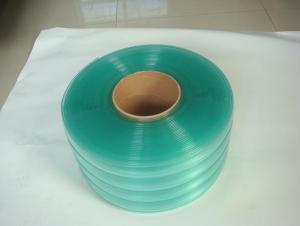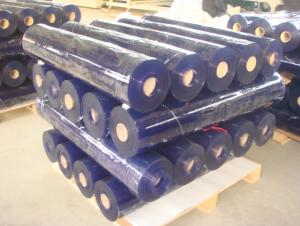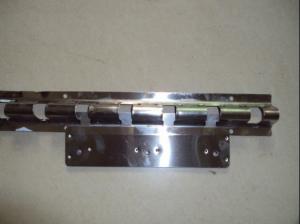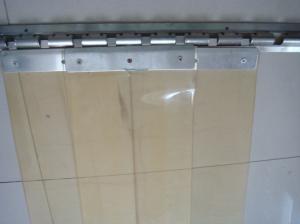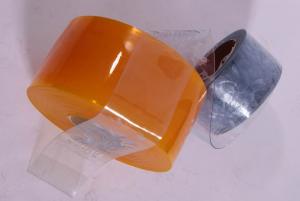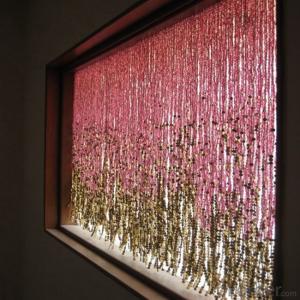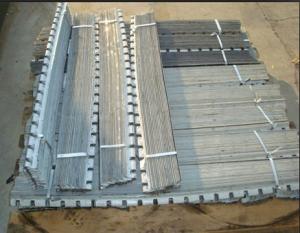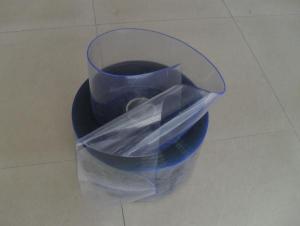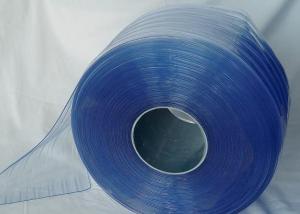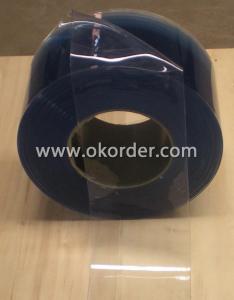Panels Curtains With Flower Pattern Warp Knitting eyelet
- Loading Port:
- Ningbo
- Payment Terms:
- TT or LC
- Min Order Qty:
- 1000 m
- Supply Capability:
- 500000 m/month
OKorder Service Pledge
Quality Product, Order Online Tracking, Timely Delivery
OKorder Financial Service
Credit Rating, Credit Services, Credit Purchasing
You Might Also Like
The curtain could be used in home and office for decorating or shading. The material of products in our company is eco- friendly and durable, and the UV-protection for this goods is strong. It's easy to install and disassemble to clean. And it looks quite beautiful and practical. The main materials for curtain are polyester and non-woven cloth, its track is aluminum and the snap is plastic.At the same time, Material, color and size can be customized as customer's demand.
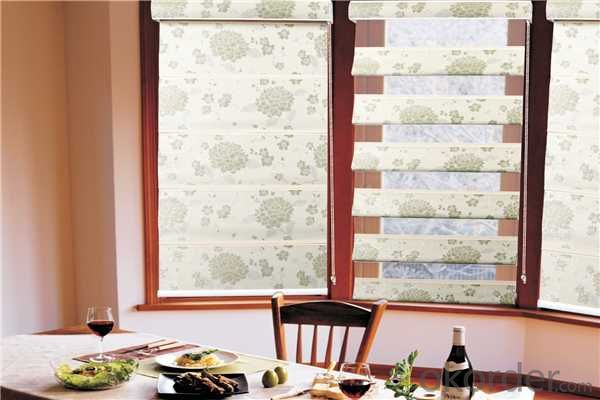
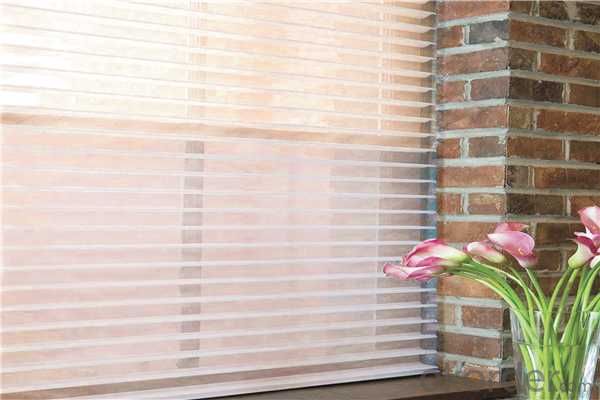
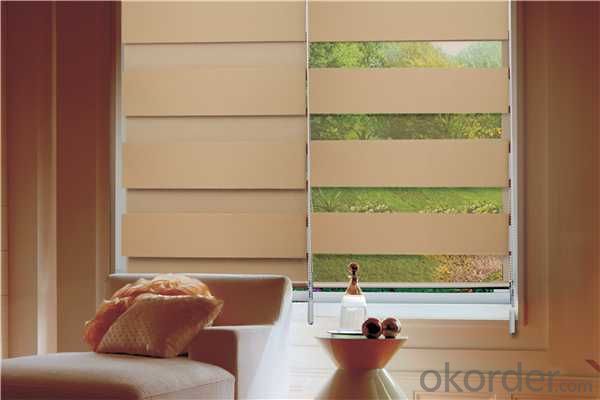
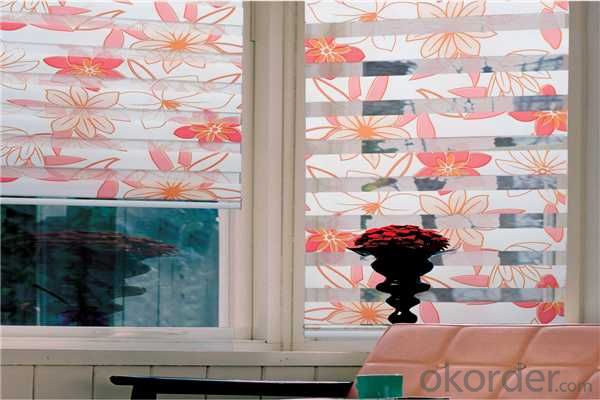
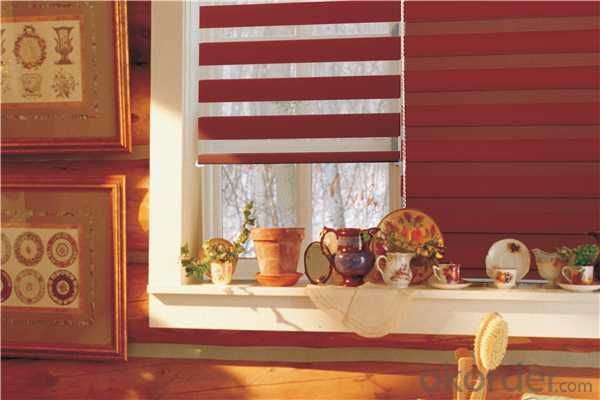
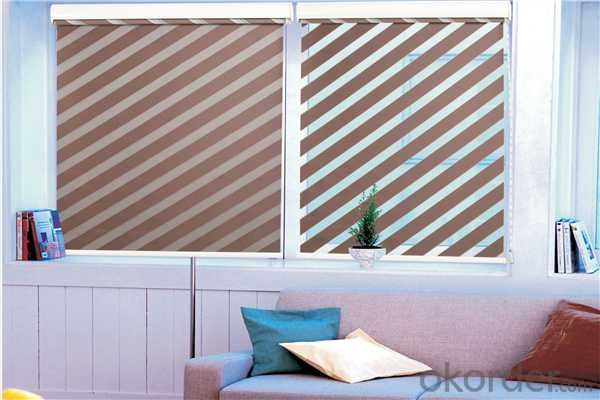

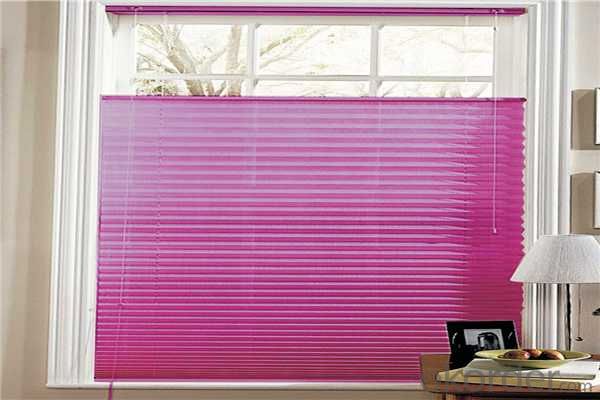
- Q: What are the main considerations in choosing the color of plastic for home appliances?
- The main considerations in choosing the color of plastic for home appliances include aesthetic appeal, brand identity, market trends, and practicality in terms of maintenance and durability.
- Q: What are the considerations when designing plastic parts for home appliances to be child-safe?
- When designing plastic parts for home appliances to be child-safe, there are several important considerations. First and foremost, the materials used should be non-toxic and free from any harmful chemicals that could potentially harm children. The design should also incorporate features that prevent easy access to any sharp edges or small parts that can be a choking hazard. Additionally, the parts should be durable and strong enough to withstand rough handling and potential misuse by children. Proper labeling and instructions for use should also be included to ensure safe usage. Regular testing and compliance with safety standards are essential to ensure the overall safety of the child when interacting with the appliance.
- Q: How does plastic contribute to the ease of installation for home appliances?
- Plastic contributes to the ease of installation for home appliances through its lightweight and flexible nature. It allows for easier handling and maneuvering of appliances during the installation process, making it more convenient for both professionals and homeowners. Additionally, plastic components often have built-in features like snap-on connectors or quick-release mechanisms, simplifying the assembly and disassembly of appliances.
- Q: Are there any eco-friendly alternatives to plastic in home appliances?
- Yes, there are several eco-friendly alternatives to plastic in home appliances. Some examples include appliances made from sustainable materials such as bamboo, stainless steel, or glass. Additionally, companies are now developing appliances with parts made from recycled materials, reducing the reliance on new plastic production. Furthermore, there is a growing market for energy-efficient appliances that help reduce overall environmental impact.
- Q: What is the difference between POM and PP plates?
- Known as the "super steel" or "steel", also known as polyoxymethylene. The structure is abbreviated as POM.
- Q: How do home appliance plastics contribute to the overall energy efficiency of the appliance?
- Home appliance plastics play a significant role in enhancing the overall energy efficiency of appliances. These plastics are lightweight and have excellent insulation properties, which helps to reduce heat loss during operation. Additionally, they enable the design of energy-efficient components such as casings, housing, and insulation materials, which contribute to the overall energy savings of the appliance.
- Q: What are the considerations for using BPA-free plastic in kitchen appliances?
- When considering the use of BPA-free plastic in kitchen appliances, several factors should be taken into account. Firstly, it is important to understand the potential health risks associated with BPA, a chemical commonly found in plastics. BPA has been linked to various health issues, including hormone disruption. Therefore, opting for BPA-free plastic helps reduce the risk of exposure to this potentially harmful compound. Additionally, it is crucial to ensure that the chosen BPA-free plastic is of high quality and durable, as kitchen appliances are often subjected to heat, moisture, and regular use. Furthermore, considering the environmental impact is essential. While BPA-free plastics may be safer for human health, they can still contribute to plastic waste and pollution. Therefore, it is advisable to choose kitchen appliances made from BPA-free plastic that are also recyclable or have a longer lifespan, reducing their overall environmental footprint.
- Q: How do plastic home appliances compare in terms of energy consumption?
- Plastic home appliances vary in terms of energy consumption depending on factors such as their size, type, and energy efficiency ratings. While plastic materials do not directly influence energy consumption, the efficiency of the appliance and its components play a significant role. Therefore, it is important to consider the specific appliance and its energy efficiency rating when comparing energy consumption.
- Q: Are there any specific regulations regarding the use of recycled plastic in home appliances?
- Yes, there are specific regulations regarding the use of recycled plastic in home appliances. These regulations vary by country and region, but generally aim to ensure the safety, quality, and environmental sustainability of recycled plastic used in consumer products. These regulations may include requirements for testing, labeling, and certification of recycled plastic materials, as well as restrictions on the types and amounts of recycled plastic that can be used in appliances. Compliance with these regulations is important to promote the responsible use of recycled materials in home appliances.
- Q: Can plastic home appliances be easily repaired in case of damage?
- Plastic home appliances can be easily repaired in case of damage to a certain extent. While some minor issues like loose connections or broken buttons can be fixed relatively easily, major damages such as cracks or structural failures might be more challenging to repair. Additionally, the availability of spare parts and the complexity of the appliance itself can also impact the ease of repair. Therefore, it is advisable to consult a professional technician or consider the cost and feasibility of repairs before attempting to fix plastic home appliances.
Send your message to us
Panels Curtains With Flower Pattern Warp Knitting eyelet
- Loading Port:
- Ningbo
- Payment Terms:
- TT or LC
- Min Order Qty:
- 1000 m
- Supply Capability:
- 500000 m/month
OKorder Service Pledge
Quality Product, Order Online Tracking, Timely Delivery
OKorder Financial Service
Credit Rating, Credit Services, Credit Purchasing
Similar products
Hot products
Hot Searches
Related keywords
